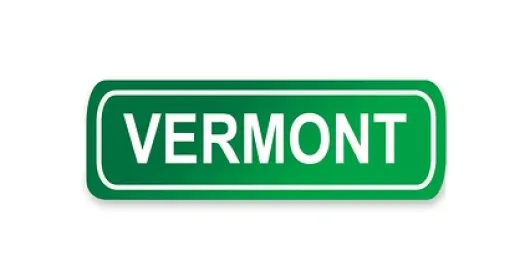On January 14, 2019, in the U.S. District Court for the District of Vermont, the Vermont Public Interest Group; Safer Chemicals, Health Families; and two individuals (plaintiffs) followed up on their earlier notice of intent to sue and filed a complaint against Andrew Wheeler and the U.S. Environmental Protection Agency (EPA) to compel EPA to perform its “mandatory duty” to “address the serious and imminent threat to human health presented by paint removal products containing methylene chloride.” Plaintiffs bring the action under Toxic Substances Control Act (TSCA) Section 20(a) which states that “any person may commence a civil action … against the Administrator to compel the Administrator to perform any act or duty under this Act which is not discretionary.” Plaintiffs allege that EPA has not performed its mandatory duty under TSCA Sections 6(a) and 7. TSCA Section 6(a) gives EPA the authority to regulate substances that present “an unreasonable risk of injury to health or the environment” and TSCA Section 7 gives EPA the authority to commence civil actions for seizure and/or relief of “imminent hazards.” Plaintiffs’ argument to direct EPA to ban methylene chloride is centered on the issue of risk to human health only, however, stating that it presents “an unreasonable risk to human health” as confirmed by EPA. Under TSCA Section 20(b)(2), plaintiffs are required to submit a notice of intent to sue 60 days prior to filing a complaint which they did on October 31, 2018.
Background
On January 19, 2017, EPA issued a proposed rule under TSCA Section 6 to prohibit the manufacture (including import), processing, and distribution in commerce of methylene chloride for consumer and most types of commercial paint and coating removal (82 Fed. Reg. 7464). EPA also proposed to prohibit the use of methylene chloride in these commercial uses; to require manufacturers (including importers), processors, and distributors, except for retailers, of methylene chloride for any use to provide downstream notification of these prohibitions throughout the supply chain; and to require recordkeeping. EPA relied on a risk assessment of methylene chloride published in 2014, the scope of which EPA stated included “consumer and commercial paint and coating removal.” The proposed rule stated that in the risk assessment, EPA identified risks from inhalation exposure including “neurological effects such as cognitive impairment, sensory impairment, dizziness, incapacitation, and loss of consciousness (leading to risks of falls, concussion, and other injuries)” and, based on EPA’s analysis of worker and consumer populations' exposures to methylene chloride in paint and coating removal, EPA proposed “a determination that methylene chloride and NMP in paint and coating removal present an unreasonable risk to human health.” The comment period on the proposed rule was extended several times, ending in May 2017, and in September 2017 EPA held a workshop to help inform EPA’s understanding of methylene chloride use in furniture refinishing.
No further action was taken to issue the rule in final, however, until December 21, 2018, when EPA sent the final rule to the Office of Management and Budget (OMB) for review. On the same day, EPA also sent another rule to OMB for review titled “Methylene Chloride; Commercial Paint and Coating Removal Training, Certification and Limited Access Program,” which has not previously been included in EPA’s Regulatory Agenda; very little is known about this rule. Plaintiffs do not refer to it in the complaint but there is speculation, based on its title, that this second rule may allow for some commercial uses of methylene chloride.
Commentary
We recall the lawsuit filed by the Natural Resources Defense Counsel (NRDC) in 2018 challenging EPA’s draft New Chemicals Decision-Making Framework document as a final rule. The current action further reflects the commitment of detractors of EPA to use the courts and every other means available to oppose the Administration’s TSCA implementation efforts. Whether and when this court will respond is unclear. What is clear is that the case will be closely watched, as the outcome will be an important signal to the TSCA stakeholder community regarding the utility of TSCA Section 20(a)(2) to force non-discretionary EPA actions that the Administration may be disinclined to take.



 />i
/>i

